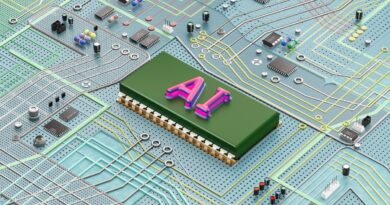Snowflake and Databricks are putting the data stored in their services to work
Snowflake and Databricks are surely similar companies. While each positions itself a bit differently, both provide data storage, processing and governance in a cloud context. Both are holding customer conferences this week, and both are looking for ways to help customers build generative AI and other intelligent applications on top of the data stored in these platforms.
If that wasn’t clear before, it became even more apparent this week when Databricks announced it was acquiring MosaicML for a cool $1.3 billion. That’s a lot of money for a startup, even a well-capitalized one like Databricks. The move came weeks after the company announced it was releasing Dolly, an open source LLM, and another acquisition in AI governance tool Okera.
Snowflake announced last month that it was buying Neeva, giving it a search tool and some high-end AI engineering talent. The company also bought Streamlit last year, which lets companies build applications from the data stored in Snowflake, and on Wednesday, it announced a new container service and partnership with Nvidia, giving customers a way to build generative AI applications and run them on Nvidia GPUs.
All of these moves (and others) are designed with one thing in mind: to use the data stored in these services as fuel for machine learning models, especially large language models. Both companies want to help customers take advantage of all this data stored on their platforms.
Nvidia’s VP of enterprise computing, Manuvir Das, speaking in the context of Wednesday’s partnership announcement with Snowflake, sees the move toward more practical use of the data as a logical progression for Snowflake.
“The fact that Snowflake is now moving in this next step where they’re saying, OK, not only can you keep your data here and do sort of the obvious data processing things on it, but this is the place where you can build all the applications that drive your company because your data is right here. That’s a very powerful thing,” Das told TechCrunch+.
Similarly, Databricks is increasingly seeing itself as a place where you can not only store data and do the various data tasks associated with that, but you can also be part of a whole data stack, where you build applications on top.
This week’s MosaicML acquisition was part of this broader strategy to put the data to work in an AI context, said Ray Wang, founder and principal analyst at Constellation Research. That’s something that was hard for Databricks to do, even with Dolly.
“The AI angle is all about making it easy to acquire, manage, train and deploy LLMs with ease,” Wang said.
Both companies are clearly moving hard toward AI through acquisitions, partnerships and product development. But what does that mean from a potential revenue perspective for the future of these companies, one of which is already public and one that surely will be there eventually?
Enterprise AI demand is not illusory
Databricks and Snowflake are both growing very quickly. The latest information from Databricks indicates that in its most recent fiscal year, it generated more than $1 billion in revenue, growing at more than 60%. Snowflake’s results are similarly impressive, posting $623.6 million in revenue in its most recent quarter, up 48% compared to the year-ago period.
Snowflake and Databricks are putting the data stored in their services to work by Ron Miller originally published on TechCrunch





